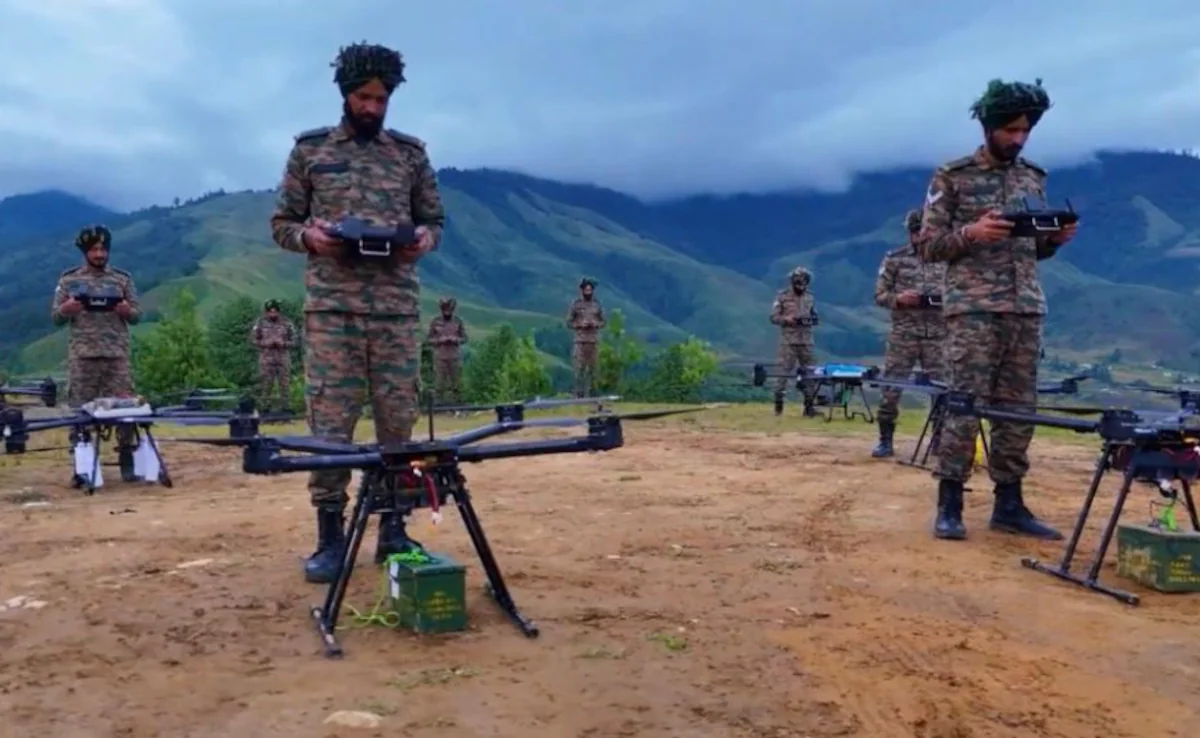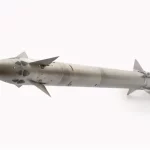In a major stride toward self-reliance in defence technology, the Indian Army has initiated the procurement of the indigenous ‘SAKSHAM’ Counter Unmanned Aerial System (UAS) Grid, a state-of-the-art command and control network developed in collaboration with Bharat Electronics Limited (BEL), Ghaziabad.
SAKSHAM, short for Situational Awareness for Kinetic Soft and Hard Kill Assets Management, is designed to detect, track, identify, and neutralize enemy drones in real-time, providing a unified “Recognised UAS Picture” across the Tactical Battlefield Space (TBS) — a newly defined domain extending up to 3,000 metres (10,000 feet) above ground level.
A New Dimension In Modern Warfare
The evolution of the TBS concept followed Operation Sindoor, India’s cross-border strike after the April 22 Pahalgam terror attack, where increased drone incursions highlighted the need for real-time airspace control.
A senior officer explained, “The modern battlefield is no longer limited to land operations. Control of the Air Littoral — the space immediately above troops — is essential for tactical dominance.”
Advanced Features and AI Integration
SAKSHAM’s modular architecture will interlink various counter-drone weapons and sensors, fusing data from radar, electro-optical systems, and other surveillance tools to deliver instant threat alerts and automated response options. The system leverages AI-driven threat analysis, enhancing accuracy and decision-making speed in neutralizing aerial threats.
Boosting Atmanirbhar Bharat
Developed entirely under the Atmanirbhar Bharat initiative, SAKSHAM showcases India’s growing capability in indigenous defence production. Approved under the Fast Track Procurement (FTP) route, the system is expected to be fielded within a year.
A defence source said, “This project is about more than drones — it’s about autonomy, speed, and total control of our battlespace.”
Strategic Significance
Once deployed, SAKSHAM will become the backbone of India’s Counter-UAS grid, integrating seamlessly with existing air defence and surveillance networks. It will enable commanders to maintain situational awareness and execute rapid responses to drone threats, especially in sensitive border and conflict-prone zones.
This development aligns with the Indian Army’s ‘Decade of Transformation (2023–2032)’, aimed at creating a digitally networked, technology-driven force equipped to handle the hybrid wars of the future.
An officer associated with the programme summed it up aptly:
“The future battlefield is multidimensional — and SAKSHAM ensures India stays ahead of the threat curve.”













